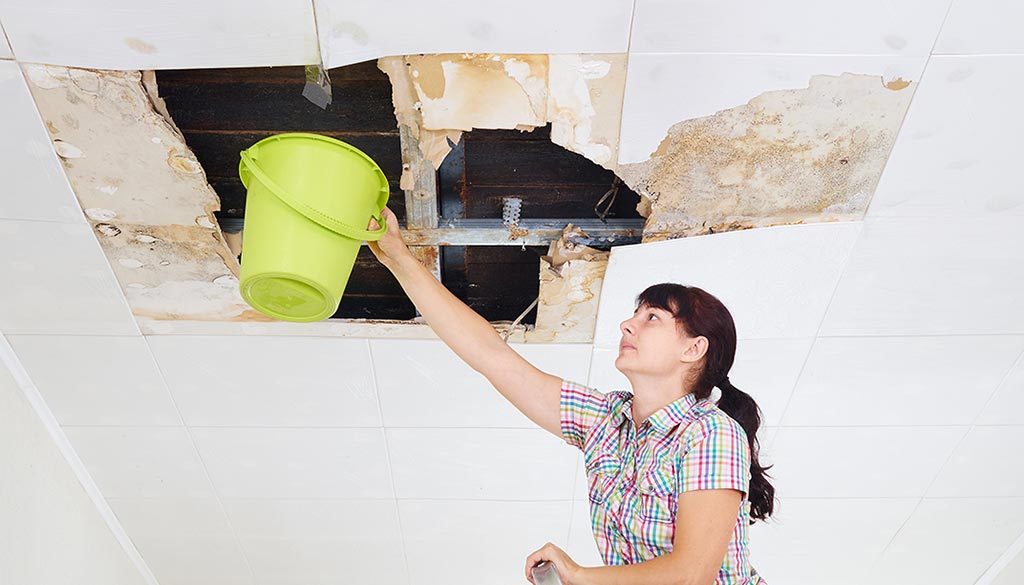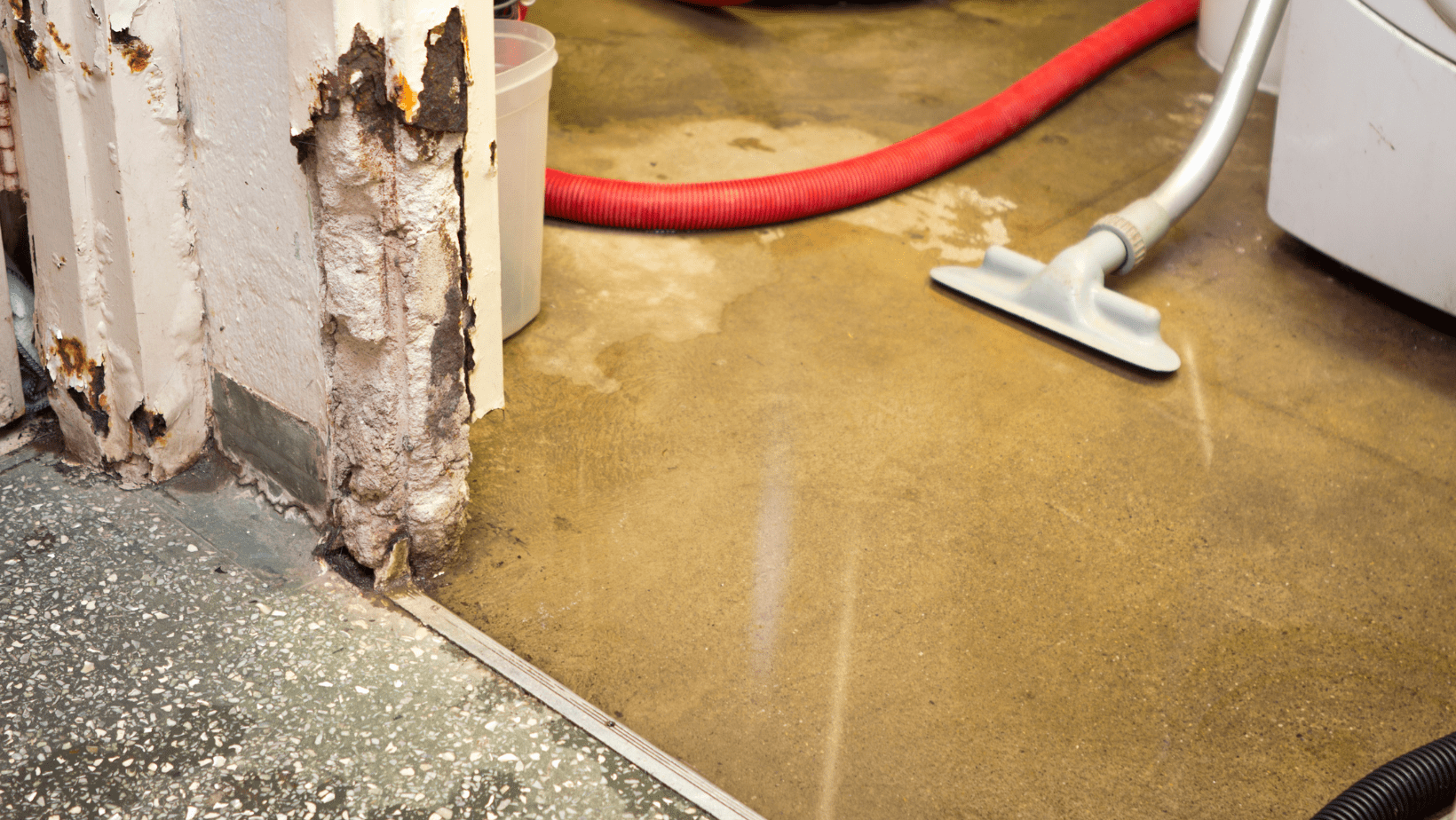Why Water Damage Restoration St George UT Should Be Your First Call After a Leak
Essential Steps to Follow for Reliable Water Damage Remediation in Your Home
When confronted with water damage in your house, understanding the crucial actions for reliable remediation can make all the distinction. You need to assess the damages and guarantee safety and security prior to dealing with the problem. Quiting the source of water is crucial, however it's just the beginning. There's a collection of actions you should take to secure your residential or commercial property from further concerns when you have actually handled that. Allow's explore what you ought to do following.
Examine the Damage
When you discover water damages in your house, the very first step is to evaluate the damage extensively. Begin by determining the source of the water intrusion. Look for leaks, burst pipelines, or various other concerns triggering the issue. Next, check out the influenced areas for visible indications of damages, consisting of bending, staining, or mold and mildew development. Don't forget to look in covert areas like behind walls or under flooring, as water can leak into these areas unnoticed.Document the damage by taking clear pictures and notes. This will certainly assist you when reviewing the scenario with your insurance supplier or reconstruction specialists. Take note of the kind of materials impacted, as different materials require various repair techniques. Lastly, assess the extent of the damage. Is it considerable or small? Comprehending the scope will certainly lead you in deciding whether to handle it on your own or call the professionals for a more extensive reconstruction procedure.

Guarantee Security
Prior to you begin any kind of reconstruction job, assuring your security is necessary. Initially, assess the problem of your home. If the water's deep or if you notice electric dangers, don't go into the area. Shut off the electrical energy and gas supply to avoid mishaps. Use protective equipment like handwear covers, boots, and masks to protect on your own from contaminants or mold.It's vital to stay knowledgeable about your environments; watch for sharp things and unsafe surface areas. Treat it as dangerous waste if the water is from a sewage back-up. Maintain children and animals away from impacted locations to avoid exposure.Once you've taken these safety measures, you can wage the restoration procedure. Keep in mind, your security precedes, and if you're ever before unclear, it's finest to speak with a professional. Taking these actions will aid ensure you prepare to take on the repair safely and properly.
Stop the Resource of Water
After ensuring your safety, the following step is to quit the source of water. Recognize where the leak is originating from. It might be a burst pipeline, a malfunctioning device, or even hefty rainwater getting in with a harmed roof covering. If it's a plumbing problem, switch off the primary water supply to your home to protect against additional flooding. For appliances, unplug them and shut off their water system valves.If the resource is outside, like rainwater, attempt to divert it far from your home utilizing sandbags or various other barriers. For minor leakages, you might be able to utilize tape or a sealer momentarily until a specialist can repair it. Remember, attending to the resource rapidly is essential to lessening damages and avoiding mold and mildew development. As soon as you have actually stopped the water, you'll be in a much better setting to proceed to the next actions in the reconstruction process.

Get Rid Of Excess Water
Act swiftly to eliminate excess water, as standing water can lead to much more extensive damage and mold development. Collect your devices: a wet/dry vacuum, buckets, and towels. You can utilize towels to saturate up the dampness if the water is shallow. For much deeper water, a wet/dry vacuum cleaner is your best wager. See to it to clear the vacuum regularly to avoid overflow.If the water is polluted, like from a sewage backup, put on protective equipment, including masks and handwear covers, to maintain on your own safe. Once you've gotten rid of as much water as possible, look for hidden pockets of wetness in edges and under furnishings, as these can harbor mold.Don' t fail to remember to shut off electrical home appliances and power electrical outlets in wet areas to prevent dangers. This first step is crucial in reducing damages and establishing the phase for a successful remediation procedure.
Dry and Dehumidify the Area
As soon as you've removed the excess water, it's necessary to completely dry and dehumidify the area thoroughly. Begin by utilizing dehumidifiers properly to draw dampness out of the air and prevent mold growth. Watch on humidity levels to ensure the area dries totally.
Eliminate Standing Water
To successfully deal with water damage, you need to concentrate on eliminating standing water as rapidly as possible. Start by collecting essential devices, like a wet/dry vacuum cleaner or a pump, depending upon the volume of water. If the water is shallow, a vacuum should suffice. For bigger quantities, a pump is a lot more effective. While working, make certain to wear safety equipment to keep yourself secure from pollutants. As you remove the water, take notice of concealed locations like under furnishings or in corners where water could gather. When you've removed the bulk, your space will certainly begin to dry. This step is important, as sticking around water can bring about mold development and more comprehensive damages.
Use Dehumidifiers Properly
Exactly how can you effectively use dehumidifiers to dry and dehumidify your room? Begin by more info positioning your dehumidifier in the most afflicted area, ideally where water damages is most severe. Ensure to shut all doors and windows to create a covered atmosphere. Transform on the dehumidifier and established it to the ideal moisture degree, generally around 30-50%. Vacant the water collection container regularly, or consider making use of a model with a continuous water drainage alternative for convenience. If possible, use followers to improve air flow, helping the dehumidifier job much more successfully. Keep the dehumidifier running up until you're certain that the area is extensively dried out, stopping mold and mildew growth and extra damage (Water Damage Restoration St George UT). This step is essential for efficient water damage repair
Display Moisture Degrees
Monitoring moisture degrees is vital throughout the drying out procedure, as it helps ensure your area continues to be totally free from excess moisture. Buy a reliable hygrometer to track humidity precisely. Preferably, you intend to maintain levels between 30% and 50%. If humidity analyses climb over this range, you may require to readjust your dehumidifiers or fans to boost air movement. Examine the analyses consistently, specifically in areas susceptible to moisture, like restrooms or basements. If you discover persistent high humidity, consider increasing ventilation or using additional dehumidifiers. Remaining on top of these degrees not only accelerates the drying procedure however also protects against mold and mildew growth, guaranteeing your home remains comfy and safe.
Tidy and Disinfect Affected Surfaces

Bring back and Fix Your Home
After cleaning and disinfecting the influenced areas, it's time to restore and fix your home. Begin by assessing the damages. Look for structural concerns, like weakened wall surfaces or floors, and deal with any kind of necessary fixings. Replacing harmed drywall or floor covering is necessary for both visual appeals and safety.If your furnishings or possessions were influenced, consider whether they can be restored or require replacement. Clean or skillfully recover items where possible.Next, repaint walls and touch up any areas that require focus. This not just improves appearance however additionally protects surface areas from future water damage.Don' t neglect to check your plumbing and home appliances for leakages, making certain everything's working appropriately. Ultimately, consider setting up a dehumidifier to stop future dampness issues. By taking these steps, you'll recover your home to its previous splendor and create a safer living setting.
Often Asked Concerns
The Length Of Time Does Water Damages Repair Commonly Take?
Water damages reconstruction commonly takes anywhere from a couple of days to numerous weeks, relying on the degree of the damages (Flood Damage Restoration). You'll desire to evaluate the circumstance rapidly to minimize further complications and assure correct repair
Will My Insurance Policy Cover Water Damages Remediation Prices?
Your insurance policy might cover water damages reconstruction prices, yet it depends upon your plan. Inspect your protection details and contact your insurance representative to clarify what's included and what you need to submit a case.
Can I Deal With Water Damage Reconstruction Myself?
You can deal with water damages repair yourself, yet it's crucial to assess the scenario first. You could want to call experts if it's considerable. Constantly prioritize security and guarantee you've got the right devices.
What Are the Indications of Hidden Water Damage?
You could notice indicators of concealed water damage like deformed walls, musty smells, or discoloration. If your floorings feel squishy or you area mold and mildew, it's time to investigate better before the scenario aggravates.
Just How Can I Avoid Future Water Damages in My Home?
To avoid future water damage in your house, you need to regularly check pipes, seal cracks, preserve seamless gutters, and guarantee proper drain. Mounting a sump pump and moisture barriers can likewise aid maintain your area completely dry. When you discover water damage in your home, the very first action is to analyze the damage thoroughly. Act rapidly to eliminate excess water, as standing water can lead to extra extensive damage and mold and mildew development. To properly take on water damages, you need to focus on removing standing water as quickly as feasible. As you eliminate the water, pay interest to hidden areas like under furnishings or in edges where water might accumulate. Water damages repair normally takes anywhere from a few days to several weeks, depending on the extent of the damages.